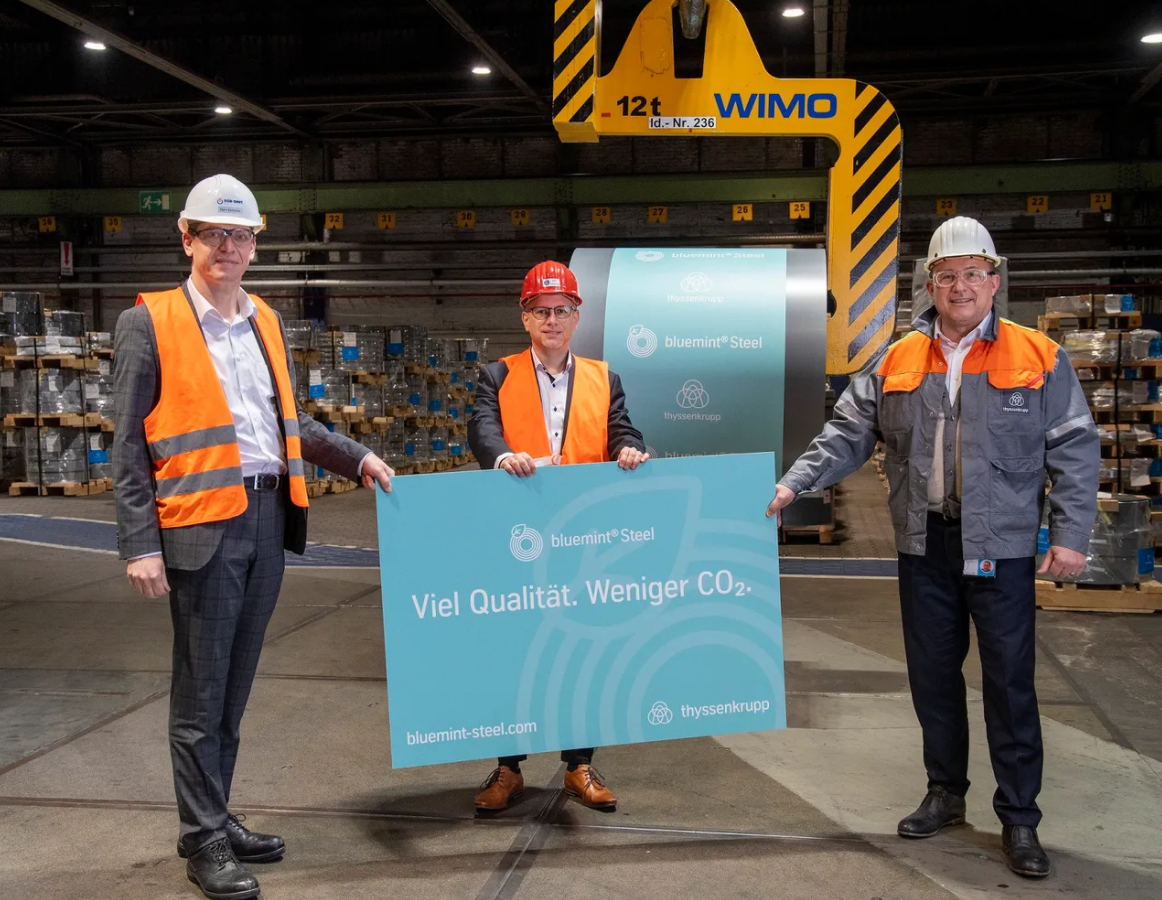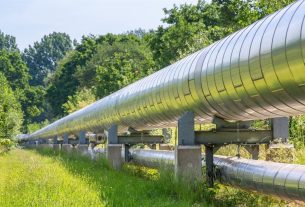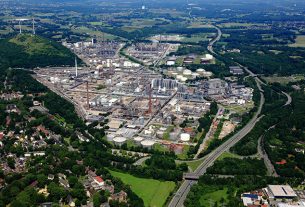Germany – thyssenkrupp Electrical Steel will supply the first bluemint steel with 50% lower CO2 emissions to Regensburg’s SGB-SMIT for the production of transformers for new digital E.ON medium-voltage substations.
This complex special material ensures high efficiency transformer operation to transport energy with minimal loss. The higher the electrical steel grade, the more efficient. Powercore grain-oriented electrical steel from thyssenkrupp is used in distribution and power transformers, as well as charging columns for electric cars and new electric motors.
Reducing CO2 emissions
On track for success after a tight turnaround and performance program in Gelsenkirchen. Powercore’s premium grades enable customers to produce transformers that meet the EU Ecodesign Directive and reduce global energy consumption and CO2 emissions. The Gelsenkirchen-based firm’s goal is to significantly increase production of high-quality products. If low-CO2 power generation from renewable sources becomes more prevalent in the future, the CO2 emissions generated during transformer production will be magnified. So, the next logical step is to offer electrical steel with lower CO2 emissions.
The first CO2-reduced electrical steel from Gelsenkirchen is now available. SGB-SMIT from Regensburg is the first to receive bluemint powercore with a 50% lower CO2 intensity. The company makes transformers that transport electrical energy from generators to consumers.
Technology provides savings
thyssenkrupp Steel has been selling certified CO2-reduced steel since October 2021. The Duisburg site will initially use a blast furnace before switching to hydrogen-based direct reduction technology in 2025.
Reduced iron was used in the blast furnace for the batch now delivered to SGB-SMIT, reducing coal usage. So, while maintaining the same high quality and full range of grades, this results in actual CO2 savings in the primary steel route. Compared to conventional electrical steel, bluemint saves 50% CO2 per ton when processed in Duisburg and Gelsenkirchen. The CO2 intensity of one ton of bluemint powercore is reduced from 3.7 to 1.8 tons.
In the medium term, the Gelsenkirchen site aims to be carbon neutral, using green electricity and biomethane in production as early as this year.
E.ON’s new CO2-reduced steel transformers
The energy company E.ON sees great potential in its more eco-friendly products. Avacon uses the first small series. Transformers connect the various voltage levels between power generation and the end user. This transport’s efficiency and low loss is also due to materials from thyssenkrupp Electrical Steel. Wind turbines, generators, and transformers all use high-efficiency electrical steel.




